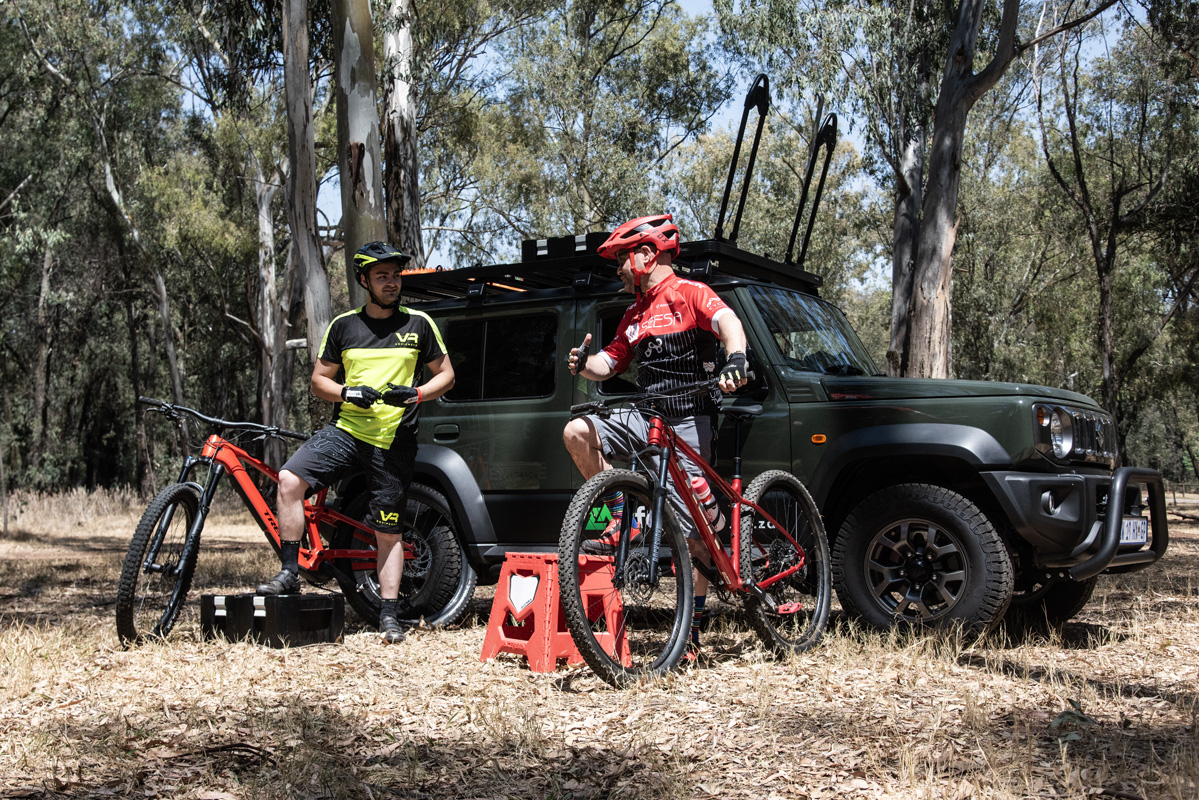
It’s fair to say that e-bikes started their life in the bicycle community much like the Toyota Prius did in the car community, hated by most. The performance-driven and competition-driven cyclists still cannot wrap their heads around how one could simply put in zero training and then go for a simple smell-the-roses-paced cycle without a heart rate monitor or fitness app to track their calorie deficit. E-cyclists are out for fun and to escape their busy lives, the last thing on their mind is doing fitness app admin on their weekend off.
Unlike the Prius, though, e-bikes make sense. Their hybrid drive train allows for enough range for the average Joe to enjoy a trail, more than enough assistance from the electric motor to do what they thought impossible and the painful charging times are palatable, as most South Africans won’t be commuting but rather riding once or twice a week at a local trail. For the unfit and the leisure cyclist, the run of the mil e-bike makes total sense and even more so as the technology gets more advanced and pricing starts to drop. You can get yourself onto an entry-level hardtail e-bike for under 30k these days, to get the same kind of performance you would have to spend double that for a lighter carbon fibre XC bike and then put in the hours of training to get anywhere near one on an outride.
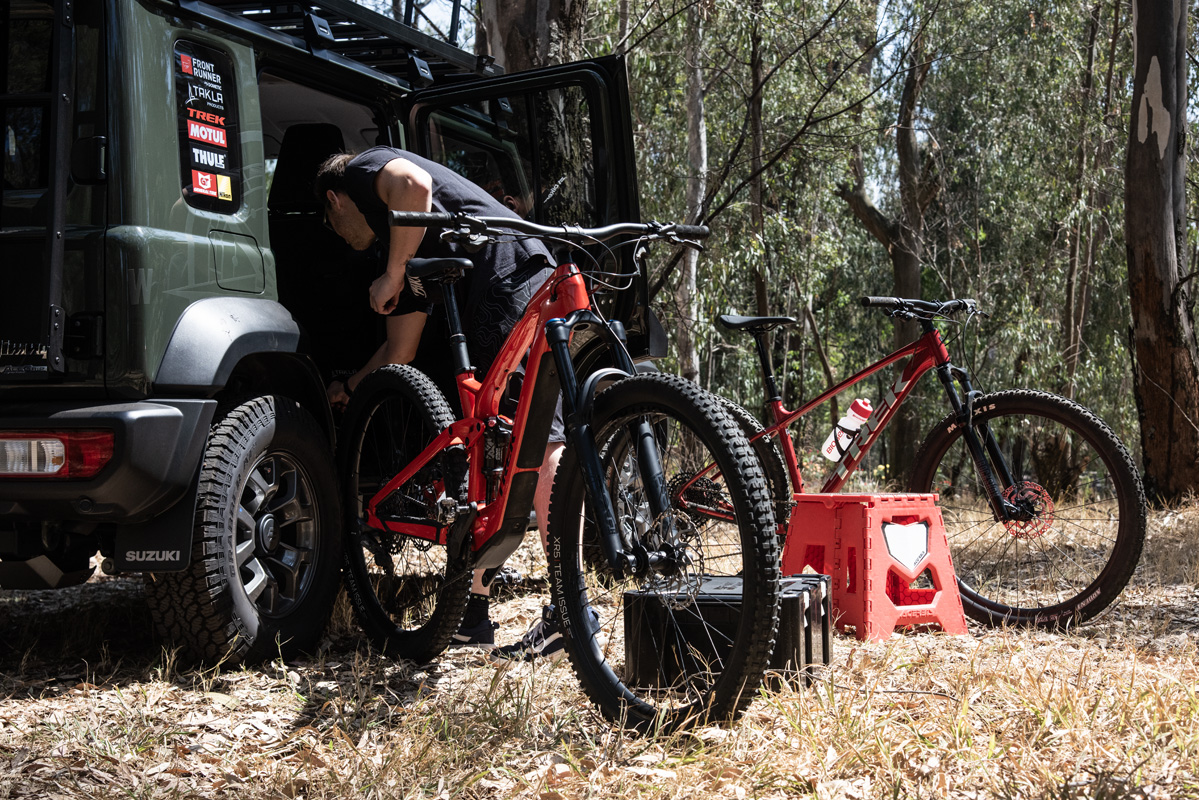
But, for the performance-driven cyclists e-bikes are too heavy, noisy, cheaply specced and even in ECO or the least assisted mode, too powerful to get any gains out of your pedal. Just like the petrolheads say, “not as engaging as the good old manual stuff”. However, top bicycle brands like Trek have been listening to their more purist-based customers and have built something special, we are talking about the Trek Fuel EXe.
Unlike the first gen of e-mtbs, where manufacturers were looking to build more and more powerful bikes, today we see companies looking to recreate the feeling of conventional mountain bikes, with a playful edge and natural handling, while also adding a little extra boost.
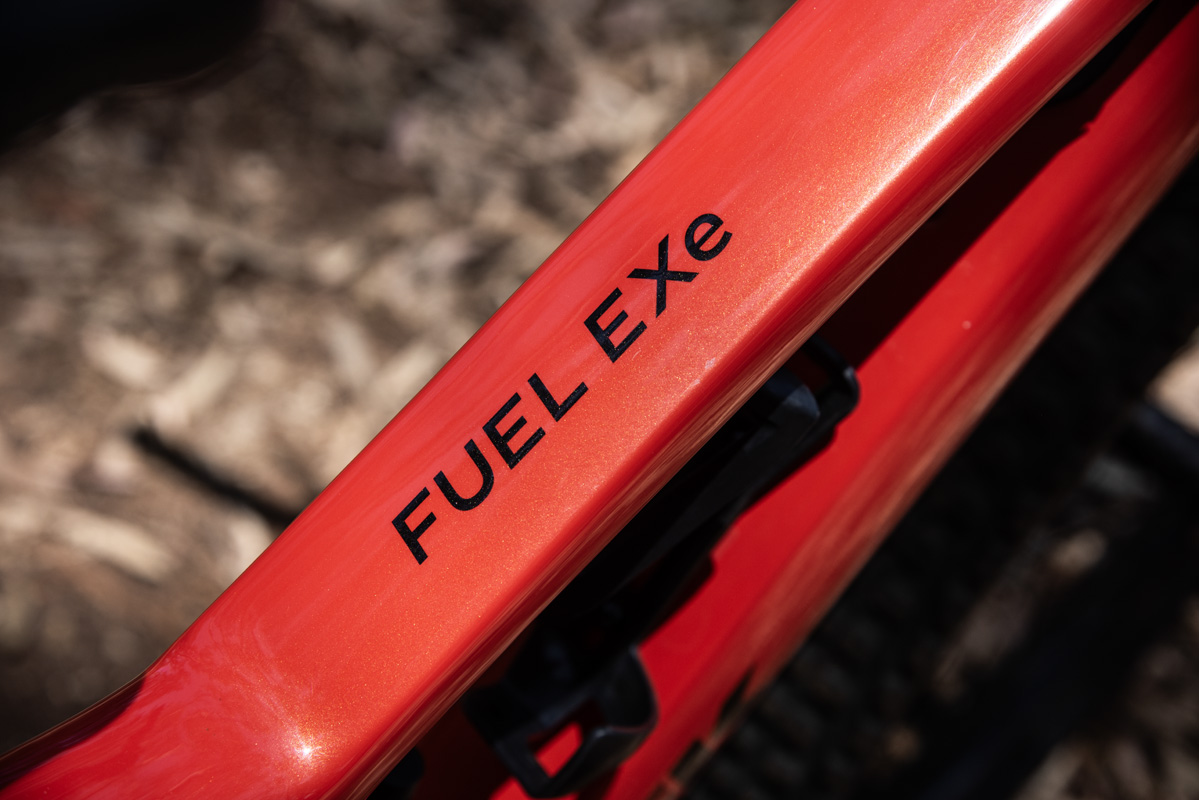
For those of you who have come to know Trek in SA, you should know them as a brand that listens, not only to the UCI faithful but to the weekend warrior and enthusiast, the kind of cyclist that wants a bike to work well, have good features available from standard, great build quality, good service and of course not break the bank.
What is a Fuel EXe? Trek’s more trail-oriented bikes have always been their Fuel EX range, so what Trek has done is take their award-winning “Jack of all trails, master of fun” and drop in the newly invented TQ-HPR50 power train to birth the Fuel EXe range of e-mtbs. I know, it couldn’t have been that easy, but without getting too nerdy, that’s exactly what they’ve done.
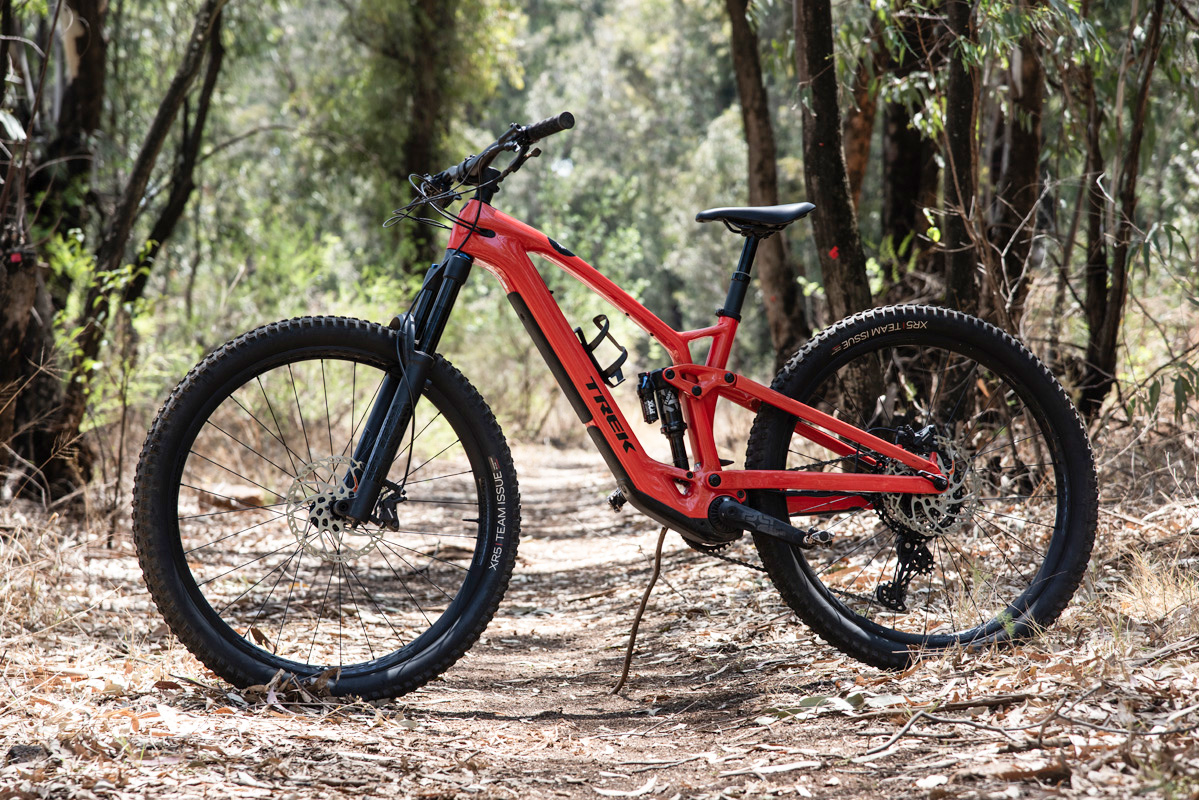
The Fuel EXe 9.7 that we had on test features 29-inch wheels and gets a touch more travel with a 150 mm Fox Rhythm 36 fork and 140 mm of rear wheel travel courtesy of the Fox Performance Float X rear shock. We also see the typical Trek Bontrager treatment from the rims, tyres, skewers, saddle, grips, handlebars and stem. The EXe 9.7 is one of Trek’s lower-specced carbon frames out of the 7 bike lineup and offers in my opinion the best bang for the buck, but you also get two more affordable Aluminium models: Fuel Exe 8 XT and the Fuel Exe 5.
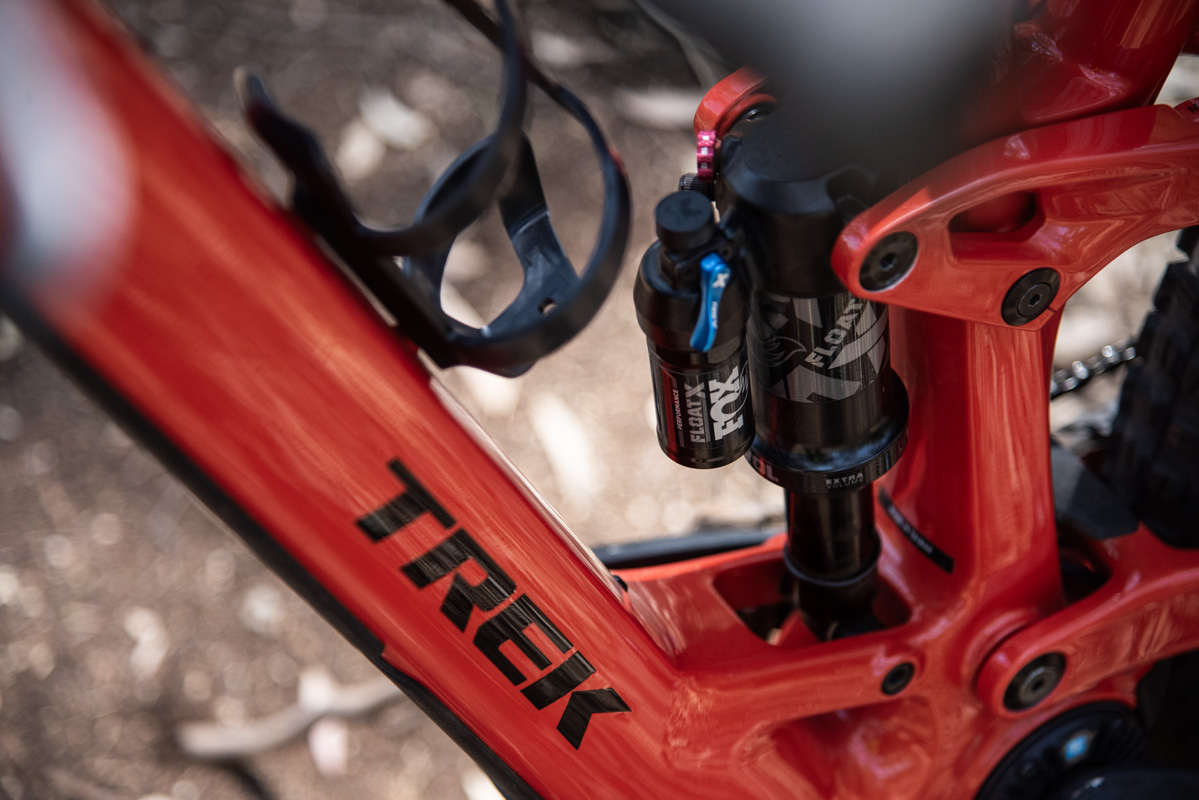
Before taking a closer look at the motor, we see a combination of Shimano parts forming the drivetrain: a 12-speed Shimano SLX M7100 cassette and SLX M7100 shifter, a Shimano XT M8100 derailleur paired to the E*thirteen E*spec Plus crank, crank arms, and 32T chainring. Whilst not being the most specced-out groupset, you have to trust that Trek has made this choice for longevity and to meet a competitive price point. If you are looking for XTR or the latest SRAM components, you’ll have to almost double your budget.
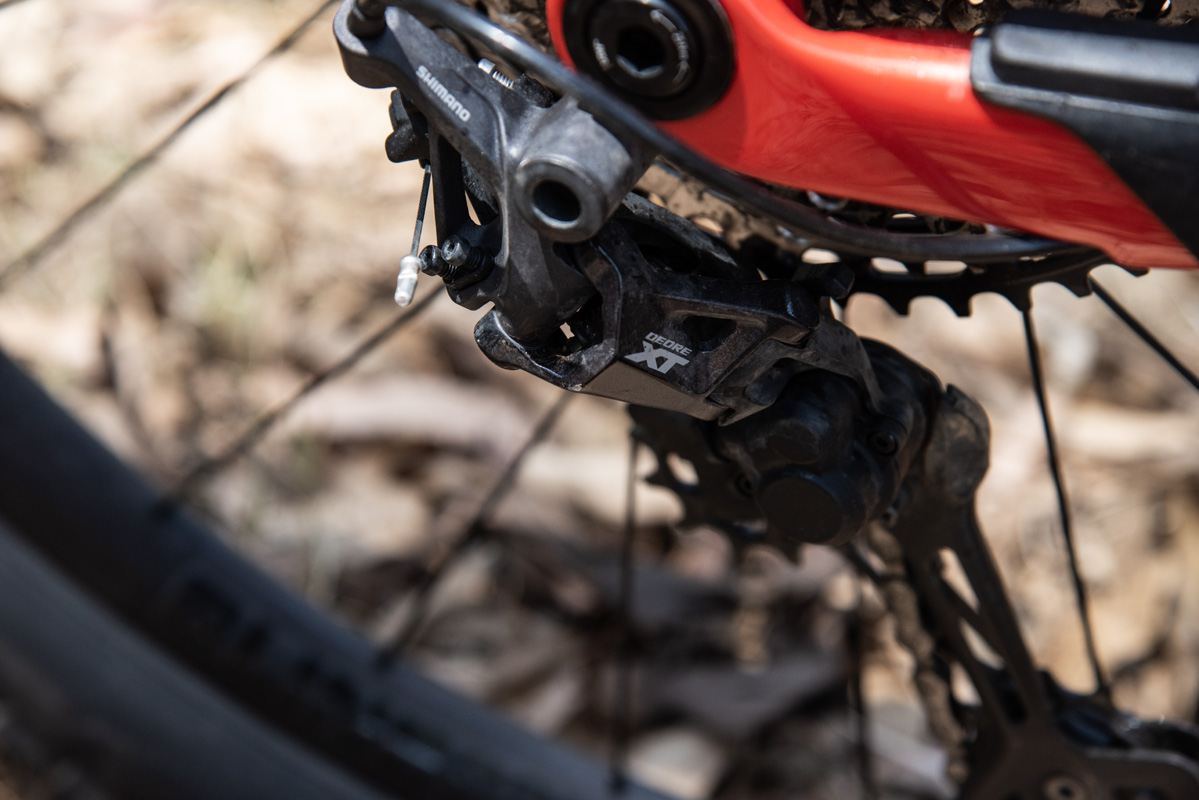
The Fuel EXe is a Fuel EX at heart, but with most of its wow factor and innovation coming from its TQ-HPR50 motor. So, what’s the big fuss? Trek’s idea behind creating this ‘hybrid’ was to bridge the gap between a full-on e-mtb, like their Rail and their conventional EX trail bike. Helping them get this right is mainly thanks to the clever motor design which has three things going for it and that’s the motor being compact, light and quiet.
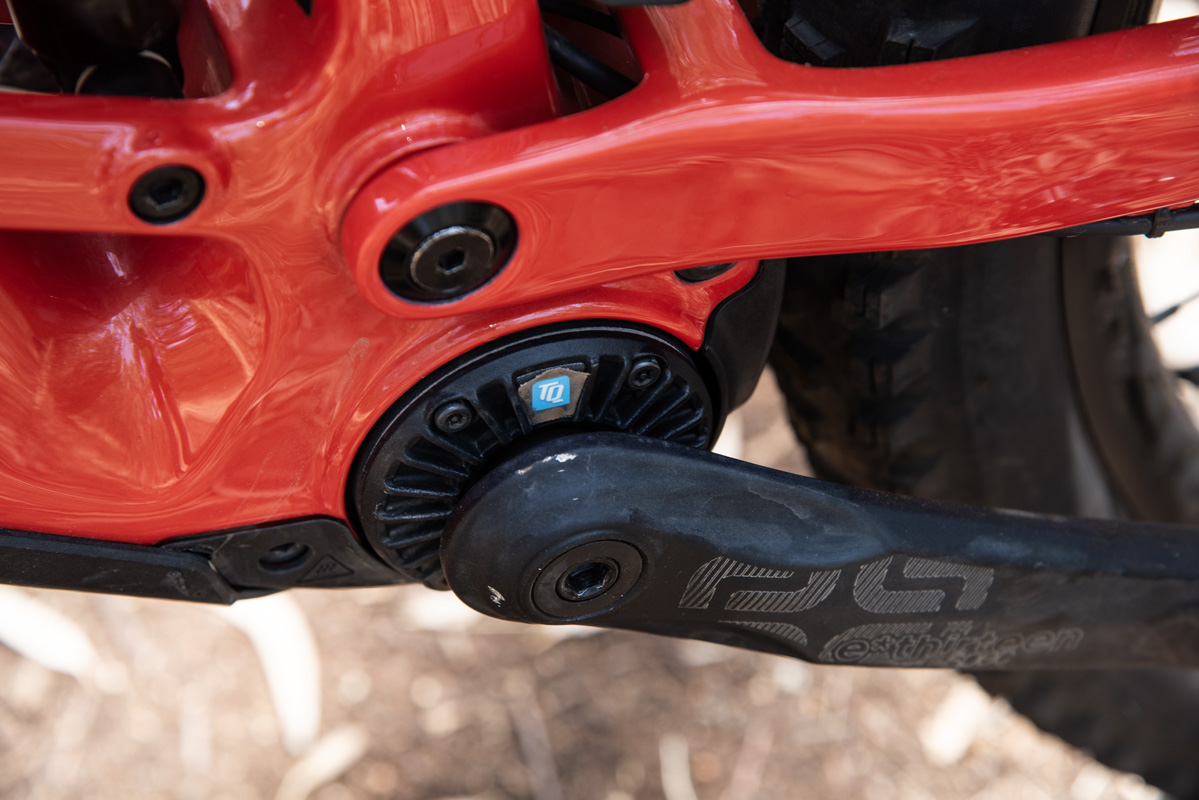
Having won a few innovation awards across many publications at its release date, let’s see if I can explain why the TQ-HPR50 is the new era of e-mtb. Compared to your conventional e-bike motor that runs off of toothed gears and belt drives the HPR50, short for harmonic pin ring transmission works similarly to a rotary motor but is more refined. Internally, there are three concentric precision pieces, an elliptical wave generator, an inner flex spline and a circular spline, that come together to propel you forward, while remaining small and lightweight. Nerdy I know, but have a closer look at the TQ Drives video to understand more.
The TQ-HPR50 was designed to make electric mountain biking smoother, more compact and quieter for both the environment and rider—e-bikes can be annoyingly noisy with the high-frequency noise coming from the motor. So, this motor design, in turn, means you’ve got 50 Nm on tap, as opposed to 90 Nm, but the trade-off is a slimmer-looking frame design and a smaller TQ 360Wh battery which in my experience also charges much quicker (2-3 hours). What I find impressive is that the motor only ways 1.85 kg and the battery weighs in at 1.83 kg, with an extra 3.68 kg the EXe weighs approximately 19.33 kg which is just 3.42 kg heavier than a standard Fuel EX 8 XT Gen 6 (15.91 kg).
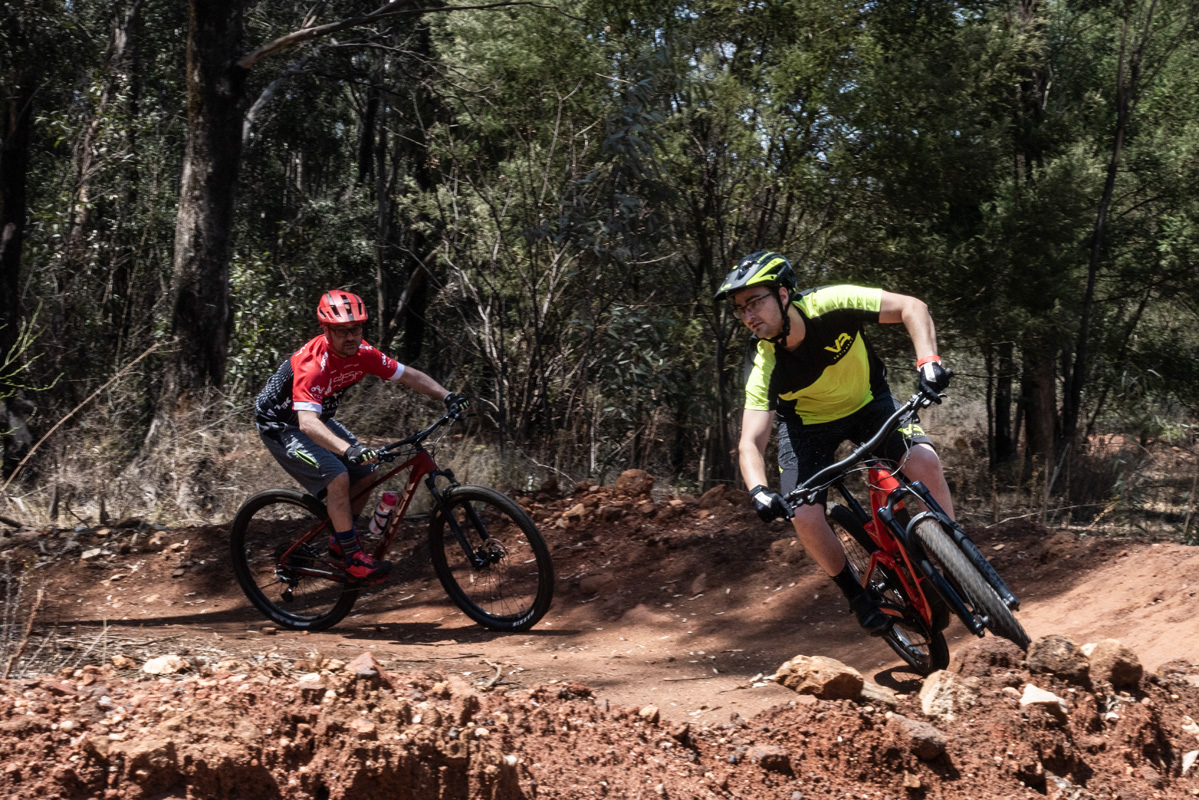
How does it ride? Well, when I had the test bike I planned four different routes to test the EXe’s different attributes. So, I did a flat Red Barn cycle, a fast-flowing Wolwespruit, a long out ride at Hennops and a very surprising rocky technical climb route at Klapperkop nature reserve. The EXe was a pleasure at Wolwespruit on the technical dismounts and likewise at Klapperkop’s technical climbs. The bike feels as natural as an e-mtb can get, and on eco mode, it almost still felt like a challenging ride but with a progressive increase in boost on the technical climbs. Don’t get me wrong, as natural as it felt, it’s a beast when it comes to technical climbs.
Unlike the seriously powerful e-bikes, the EXe builds a lot of traction on the climbs and it almost feels like the motor is completely disengaged on the descent, so handling feels just as natural through the corners and in the air. I managed to tag along with some seriously fast riders at Wolwespruit and the only thing that held me back was the tyres. With something a bit more enduro-focused on the front, you can ride like a slop-style specialist. If that’s your jam…
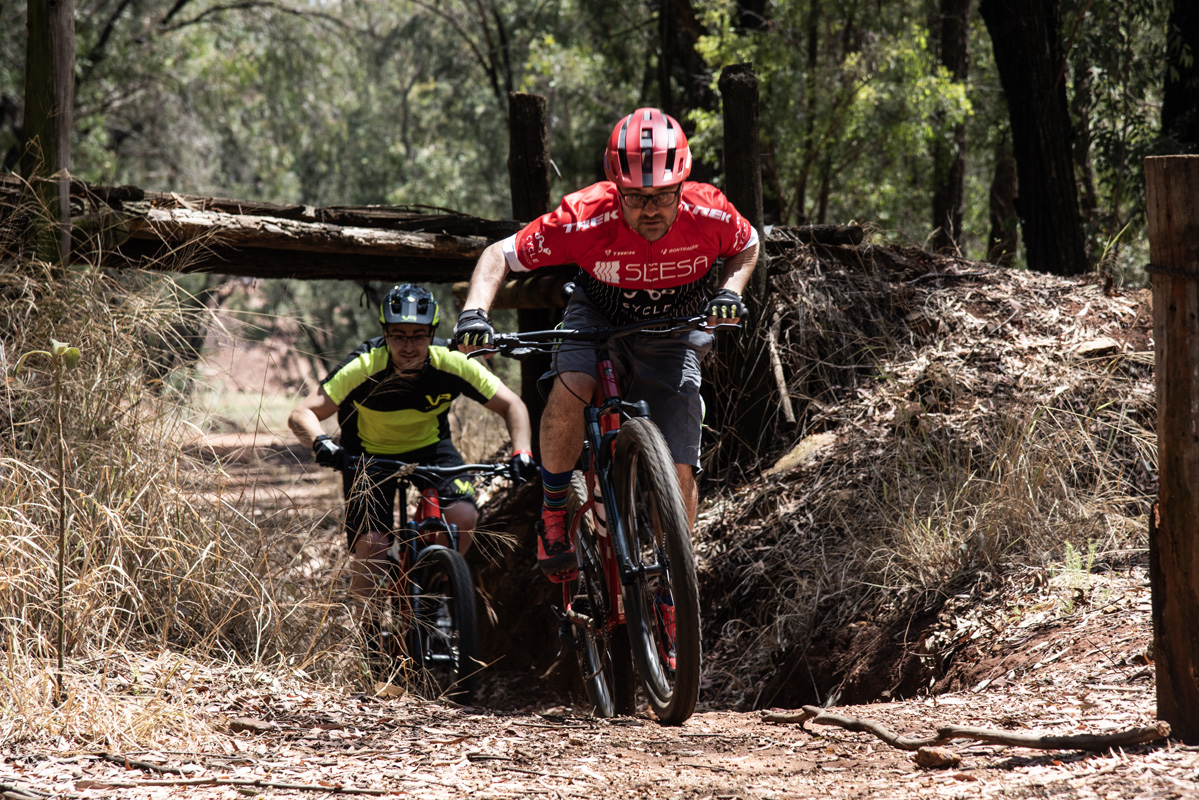
On the flat and long rocky terrain, the EXe feels very similar to a normal bike once you accelerate out of the corners. The motor kicks into life with your pedal stroke and tapers off beautifully when you need it to. You do however feel the extra weight on the flat bits, when I hit the 30 km mark at Hennops and range anxiety kicked in, I rode the rest of the ride in eco and after a seriously fast ride, I could feel the last 10 km kick me in the ass. Yes, you can still get fatigued on an e-mtb, especially when riding into a headwind on a long straight incline and probably a bit unfit like me too.
For the cyclist that wants to do technical and fast trails, the EXe is a fantastic option in my opinion, if you were to do longer flatter trails I would probably consider looking at something else. The only reason why I’d say consider something else is because of the geometry, slow rolling resistance and lack of range. 40 km with the 360Wh battery is doable when switching between eco and the mid setting and there are roomers about a bigger 500Wh battery being available.
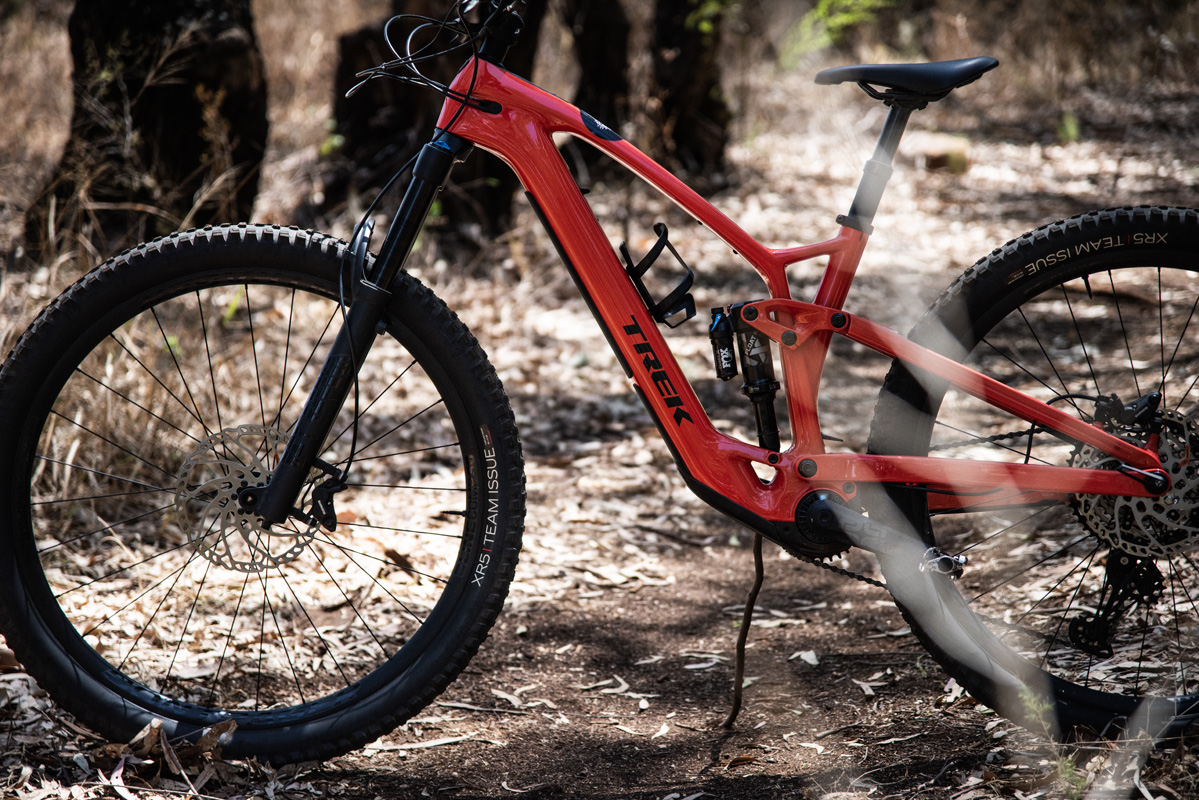
The Fuel EXe is supposed to be an adrenaline rush ride with awesome traction and climbing assistance. Is the Exe an EX on Steroids? My answer would have to be no, the EXe is definitely a bridge between a full-on e-bike and a conventional trail bike. I’ve ridden plenty of e-bikes over the last few years and to be honest, the EXe range is probably at this very moment in time my favourite out of the lot and has seriously made me consider even jumping across.
For more information on the Trek Fuel EXe range visit – www.trekbikes.com




